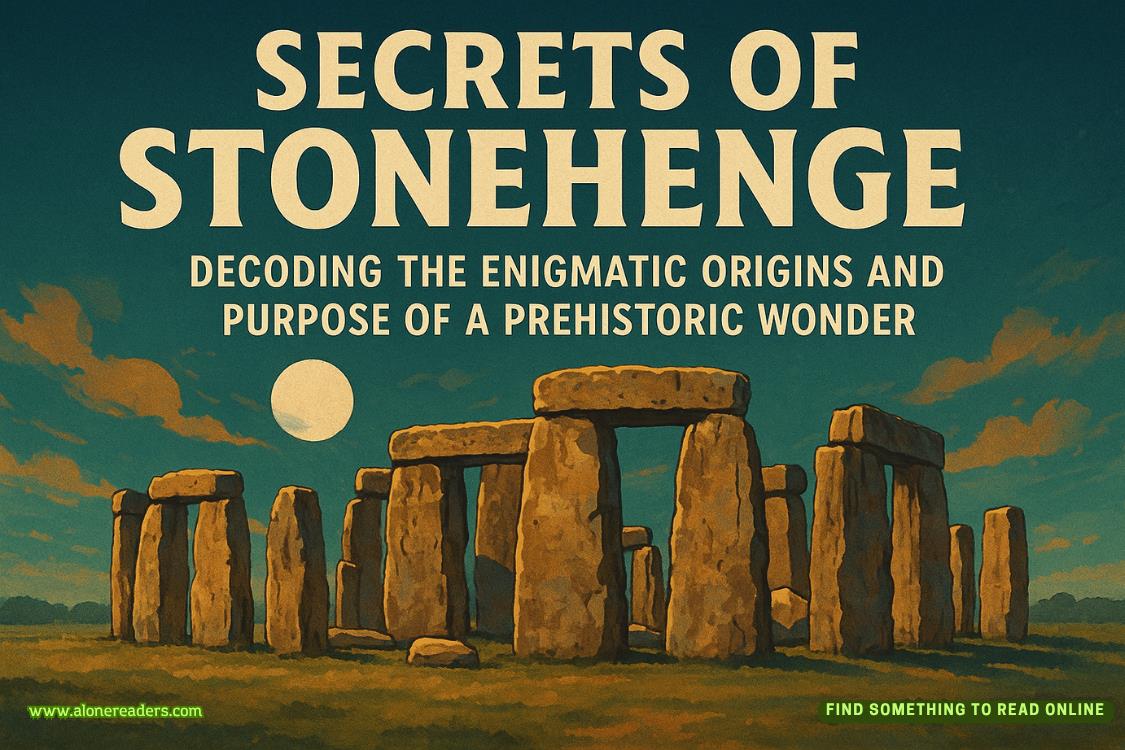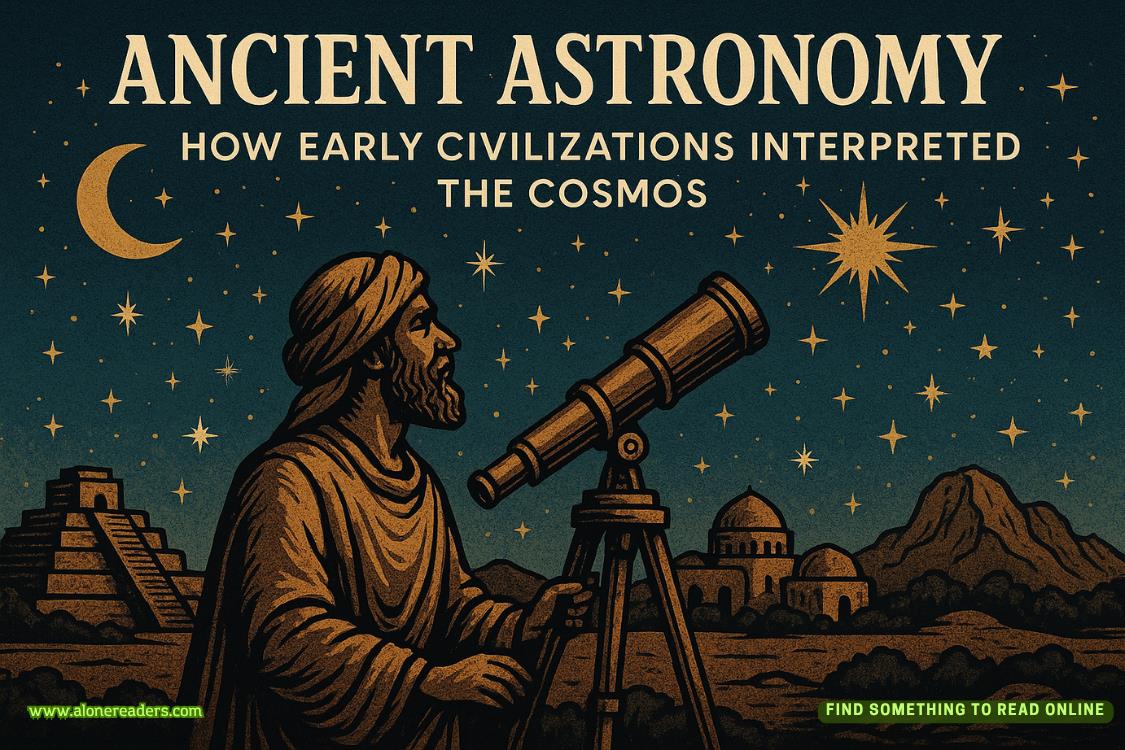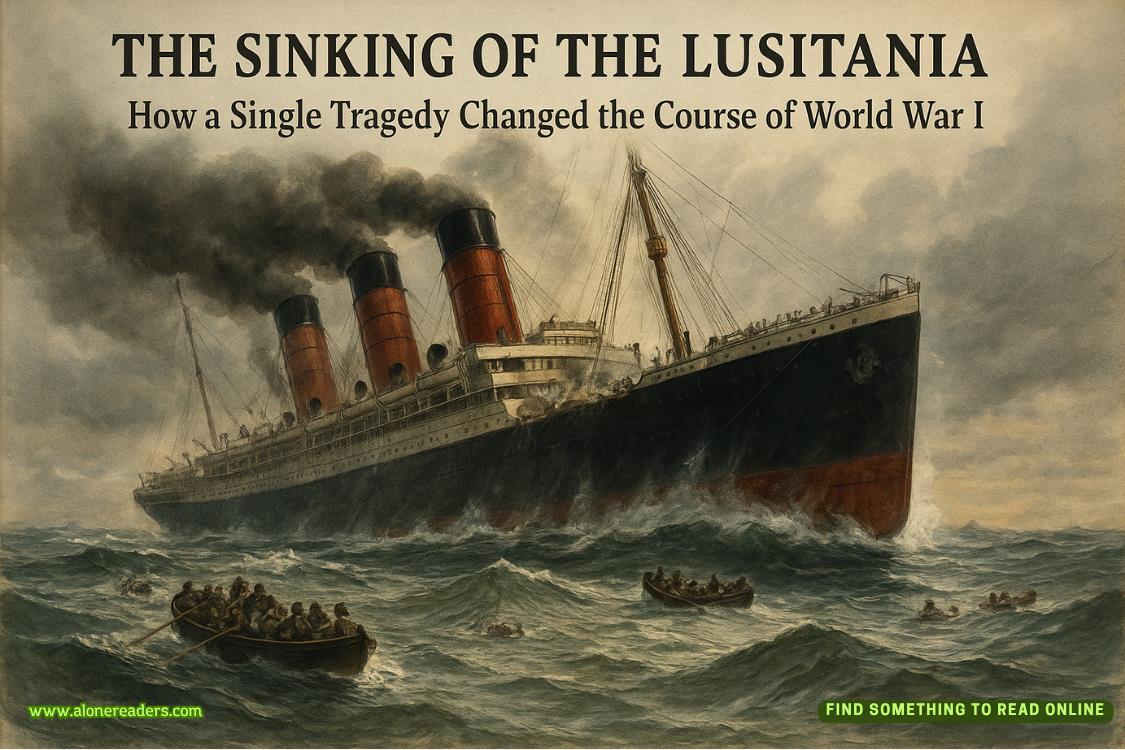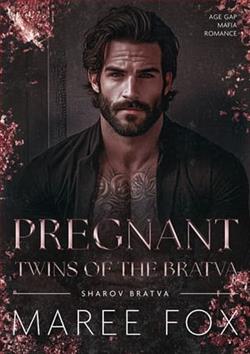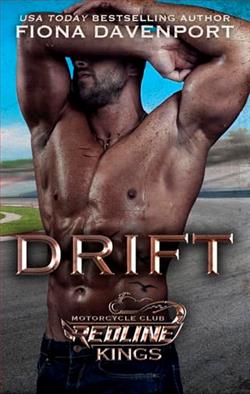Page 27 of By the Book
For the record, therewasstill some of the peach coffee cake, and it was amazing. Indira understands one of the core principles of cooking with fruits and vegetables: add extra sugar to diminish the risk of accidental healthiness. For example, carrot cake. With carrot cake, you’re dangerously close to overdosing on vegetables. Solution? Cream cheese frosting. Or zucchini bread—add chocolate chips. The coffee cake probably neutralized the peaches, but just to be safe, Indira had added a glaze.
After a slice (okay, three) of coffee cake, then some coffee, then eating some of the glaze (if you pick off the drizzle that hardened on the plate, the calories don’t count), and then more coffee, and then asking Indira what she was making with the huckleberries, and if she needed any help, and where she’d gotten so many, andthenafter getting kicked out of the kitchen again and told not to come back until lunch—I decided it was time to get serious. Time to do some work. Crack down and really get some writing done.
To make sure I wouldn’t be interrupted, though, I checked to see if Keme was home. He wasn’t. No Fox either. And stillno sign of my parents. By that point, I figured my dad had probably gone full Rambo and was hunting Sheriff Acosta in the woods, and my mom was living out a Charlotte Perkins Gilman nightmare and chewing her way through the drywall. I even texted Bobby to see how his workout was going.
He didn’t even answer my question. He wrote back,This is your writing time.
Which—just one guy’s opinion—I thought was kind of rude.
On the other hand, he wasn’t wrong.
I even listened to the new voicemail on my phone from an unrecognized number. I expected it to be robo-sales or a quick survey or my surprisingly persistent optometrist, but instead, it was George Chin.
“I’d love to stop by and talk to you about your books,” he said. “If you’re interested, I think I could help connect you with some very interested collectors.”
It took me about half a second to realize he meant the old books at Hemlock House, notmybooks (which, to be fair, collectors probably weren’t interested in collecting because, well, I hadn’t written them yet). Since I hated phone calls and casual acquaintances and anything approaching a social visit, I didn’t return the call, even though the way he’d saidvery interestedmade me suspect he meant mucho moolah.
I ended up in the den. I got myself comfy in my favorite chair. I adjusted my favorite blanket until it was exactly right. I opened my laptop and navigated to my current manuscript.
The blank screen stared back at me.
I took a sip of my coffee and considered getting a fresh cup.
And then I decided: No. I was a writer. I was going to write.
The screen stayed stubbornly blank.
See, the problem was that I hadmostof a good idea. Just not all of it.
Earlier that year, I’d made (what I considered) a major breakthrough with my writing. At the time, I’d been co-writing a novel with my ex, Hugo. The book had actually been pretty good—if you like bleak, unremitting existential despair. It turned out, Ididn’tlike bleak, unremitting existential despair. I liked books that, well, made me happy.
Sounds super obvious, right?
Well, it was a breakthrough for me. And once I started thinking about the kinds of stories that made me happy, the ones that I enjoyed and wanted to spend time with and thought about after I’d put them away, I started to see a pattern. Yes, there was a part of me that was drawn to elements of the noir type. I liked protagonists who had a strong—albeit tarnished—moral compass. I was drawn to characters who were brave, who took risks, who were willing to face personal and social and even spiritual danger in the name of what was right. (This from a guy who spent fifteen minutes getting his favorite blankieexactlyright.) And I was also drawn to characters who were kind. Who were empathetic. Who were compassionate. That was something that Bobby had taught me about myself, actually. Maybe becausehewas so compassionate. And because, of course, the people who love us see us better than we see ourselves sometimes.
All those traits didn’t necessarily show up in every single book I liked. But they were things I valued and enjoyed and wanted in the stories I told. Once I knew that, a lot of the uncertainty in my work fell away. I knew more about Will Gower, my fictional detective, and who I wanted him to be. (And some of my more, uh, outlandish ideas—like Will Gower the tosher—were quietly put to bed. Also, I want to remind everyone that there are no bad ideas in brainstorming, even though one time Keme told me yes, there were, and that I was living proof.)
So, I’d already figured out a lot about this new project. I knew it was going to be about Will Gower, a private detective in—
I wanted to say Seattle? I mean, Vivienne had kind of made her name writing about mysteries in Portland, and it felt a little too close to home sometimes.
And my story was going to have noir elements: the solitary white knight fighting to do what’s right, a corrupt system designed to protect people with wealth and power, and victims who have nowhere else to turn. But it was also going to have some gentler elements as well. A lot of writers, when they start out, write characters who are poorly papered-over versions of themselves. (Look at all the middle-aged White men writing toxic alpha power fantasies about lone wolf ex-government agents who roam the country killing bad guys and bedding available, uh, lady cops.) To be fair, it was impossible as a writer not to let some elements of yourself creep into your characters. But I didn’t want Will Gower to be an avatar for me. I wanted him to be someone better, and since I was intimately acquainted with all my failings, I had a very clear idea how to do that.
This was where I hit a snag. See, I had my protagonist. I had my setting. (Okay, maybe Vancouver—or would Juneau be too much?) What I needed was a plot.
I had an idea. One of the things that had worked well for me in the few short stories I’d managed to get published was to update an idea from classic detective fiction. And for the first Will Gower book, I wanted to hearken back to one of the standout detectives who had shaped the genre—Sam Spade. And that meant also thinking about how to hearken back toThe Maltese Falcon.
If you haven’t read it yet (or seen the movie!), spoilers ahead.The Maltese Falconis a great example of what Hitchcock called a MacGuffin story. In a MacGuffin story, there’s an object that’s nominally valuable (usually, irreplaceably valuable)—the MacGuffin. It provides the impetus to set the plot in motion. So, inThe Maltese Falcon, Sam Spade finds himself drawn intoa search for a statuette of a black bird—a falcon, crafted by the Knights of Malta and covered in jewels. In poorly written MacGuffin stories, the author doesn’t use the MacGuffin for more than a reason to get everybody involved and set the story in motion. And it doesn’t always have to be money. It could be blackmail photos, or nuclear launch codes, or sometimes they don’t even tell you what it is at all. (The briefcase inPulp Fiction, anyone?) When an author doesn’t know what he’s doing, the MacGuffin often fades out of the story by the end, which is one way you know it was a plot device, and it wasn’t really ever intrinsically important. That’s why Hitchcock called it “the thing that the spies are after, but the audience doesn’t care.” (Incidentally, actress Pearl White had her own term for a MacGuffin. She called any story object that was an interchangeable plot device a weenie. Since I had the maturity of a thirteen-year-old boy, I decided to stick with calling it a MacGuffin.)
In the best works, on the other hand, the MacGuffin’s significance carries through the story. At the end ofThe Maltese Falcon, for example, (spoilers!) the main characters discover that the statuette is fake. All the murder and betrayal has been for nothing. In fact, the possibility exists that the story of the statuette was only a legend, and it was never real. The falcon is a symbol of hope and desire and greed, and it shows us the world these people live in, and their moral bankruptcy, and suggests that maybe everything around us—society, civilization, even love—is nothing more than a cheap knock-off under a coat of black paint.
And that’s why Dashiell Hammett is a genius.
(Dash!)
Since I wasnota genius, no matter what my parents said, I was having trouble coming up with a MacGuffin—and, more importantly, with a way to make the MacGuffin meaningfulbeyond being a, uh, weenie to get the plot rolling. So, I was going to do the good, responsible, writerly thing and sit here in the den, brainstorming, until inspiration struck and I came up with an idea that would revolutionize the mystery genre forever. (Maybe I needed to take up smoking. Maybe I needed a pipe!)
I spent a while researching pipes and decided they seemed gross.




